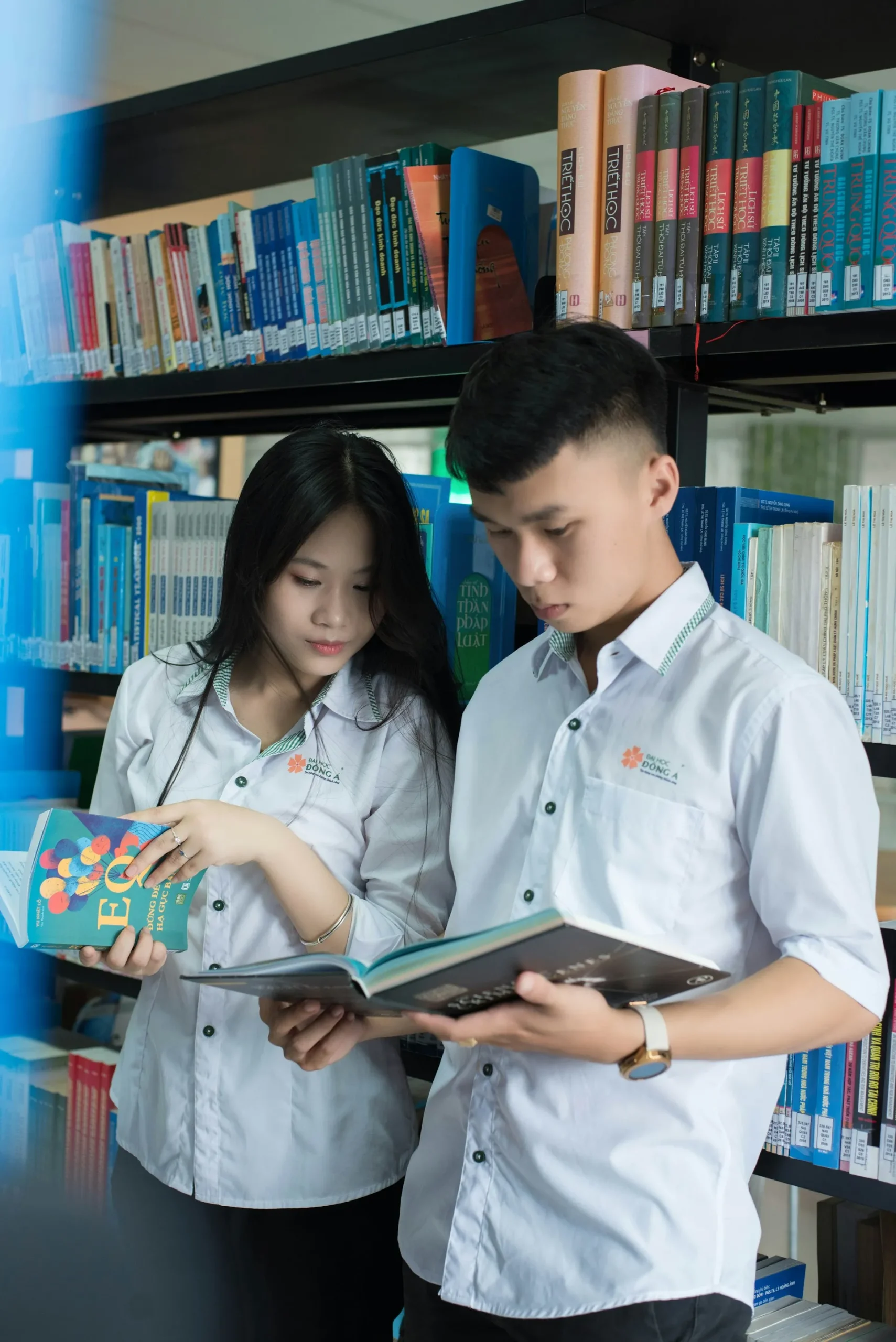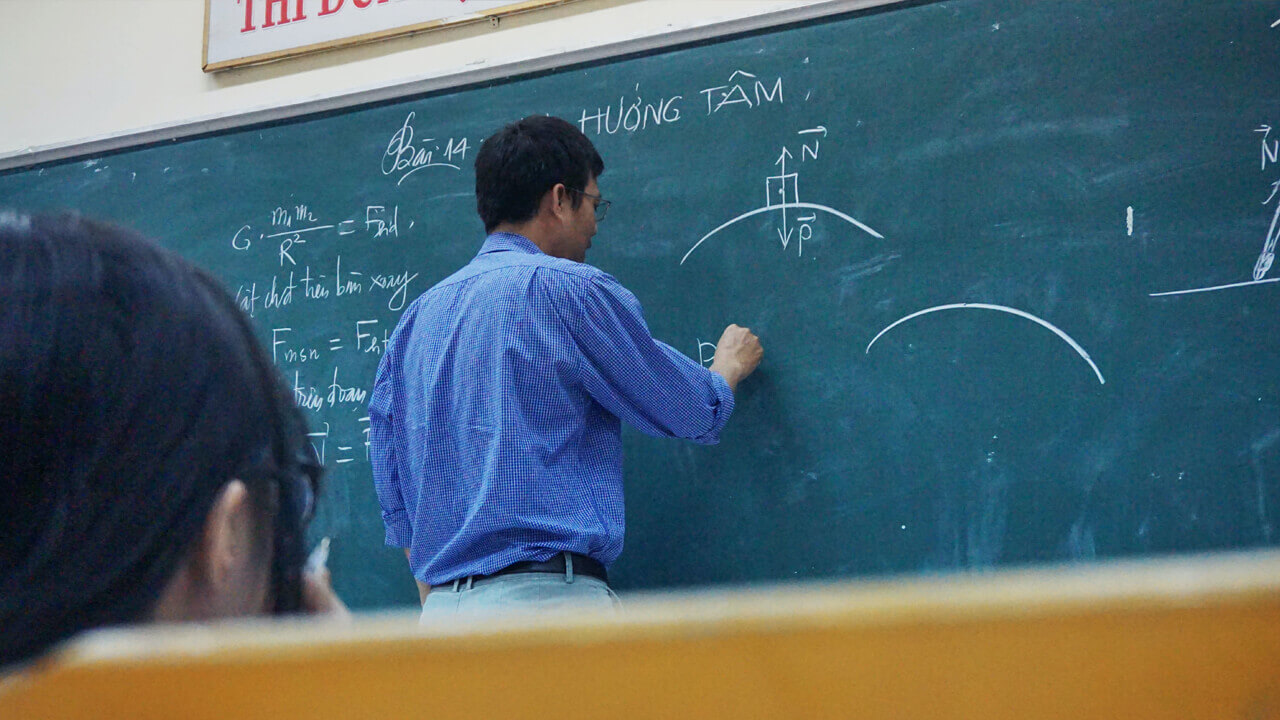Malaysia, a dynamic and diverse country in Southeast Asia, has become a popular destination for international students due to its growing reputation in Malaysia education. The Malaysia education system is unique, blending traditional learning with modern teaching methods. Understanding the structure of the education system in Malaysia is crucial for international students looking to pursue studies here.
This article provides a detailed overview of the Malaysia education system, outlining the various levels of education, key programs, and offering insights on how international students can navigate the system effectively.
Malaysia Education System Overview
The Malaysia education system is divided into several levels, each designed to cater to different age groups and academic needs. The system is organized to ensure students acquire the skills and knowledge required for further studies or entering the workforce. It is structured into:
- Pre-school Education: For children aged 4-6, this level is optional but important for early childhood development.
- Primary Education: Starting at age 7, this is compulsory and lasts for six years, with a focus on foundational subjects such as Bahasa Malaysia, Mathematics, Science, and English.
- Secondary Education: The secondary education system in Malaysia spans five years. It is split into lower secondary (Form 1 to Form 3) and upper secondary (Form 4 to Form 5).
- Post-secondary Education: After completing secondary school, students have various pathways, including pre-university programs, vocational education, and direct entry into university.
Key Features of the Malaysia Education System
- Bilingual Education: One of the hallmarks of the Malaysia education system is its bilingual nature, where Bahasa Malaysia is the official language, and English is widely used for academic and business purposes.
- Diverse Curriculum: Schools offer a mix of local and international curricula. Public schools generally follow the national curriculum, while private and international schools may offer curricula such as IGCSE, A-Level, or IBDP.
- Focus on Science and Technology: The Malaysian government has placed a significant emphasis on science, technology, engineering, and mathematics (STEM) education, making it a priority at various educational levels.
Structure of Education System in Malaysia
The structure of the Malaysia education system is based on a 6-3-2 system, reflecting the breakdown of education into different phases:
1. Pre-school (Kindergarten)
- This informal stage is for children aged 4-6 and helps prepare them for formal schooling. Pre-school education in Malaysia is not compulsory but is recommended for early learning.
2. Primary Education
- Age group: 7-12 years.
- Primary education in Malaysia spans six years and is compulsory for all children. At the end of this stage, students take the Ujian Penilaian Sekolah Rendah (UPSR) exam, which evaluates their skills and knowledge in various subjects.
3. Secondary Education
- Lower Secondary (Form 1-3): After completing primary education, students move into lower secondary school, where they study core subjects such as Bahasa Malaysia, English, Mathematics, and Science.
- Upper Secondary (Form 4-5): Students in upper secondary can choose between academic subjects that prepare them for pre-university programs or vocational courses. After Form 5, students take the Sijil Pelajaran Malaysia (SPM) exam, which is the equivalent of the O-Levels and a prerequisite for further study.
4. Post-secondary Education
- Students who have completed the SPM or equivalent can opt for pre-university programs such as A-Level, STPM (Malaysian Higher School Certificate), or the IBDP (International Baccalaureate Diploma Programme). These programs typically last two years and prepare students for university entrance.
- Vocational Education is another option for students interested in specialized skills and trades.
5. Tertiary Education
- Students who successfully complete pre-university or vocational programs can enter universities or colleges for degree programs. Malaysia is home to a variety of public and private institutions, offering a wide range of academic and professional courses.
Popular Educational Pathways for International Students in Malaysia

IGCSE
For international students, the IGCSE (International General Certificate of Secondary Education) offers an internationally recognized qualification. This program is typically available in private and international schools and provides students with a broad and balanced curriculum. IGCSE Malaysia is widely accepted by universities globally, making it an excellent option for students looking to pursue higher education abroad.
A-Level
The A-Level is another popular pathway for students aiming for university education. In Malaysia, A-Level Malaysia is recognized by universities worldwide, particularly those in the UK, Australia, and Singapore. This program focuses on in-depth studies in subjects such as Mathematics, Science, Humanities, and Arts.
IBDP (International Baccalaureate Diploma Programme)
The IBDP is a globally recognized pre-university program offered by many international schools in Malaysia. The IBDP curriculum is rigorous and emphasizes critical thinking, creativity, and community involvement. The IBDP certificate is highly valued by top universities worldwide, including Ivy League institutions in the United States.
STPM (Malaysian Higher School Certificate)
The STPM is the traditional pre-university qualification in Malaysia, equivalent to the A-Level. Students who take the STPM typically study subjects in-depth and prepare for university entry through a series of exams at the end of the two-year program.
Ways to Improve the Education System in Malaysia
The Malaysia education system has made significant strides in recent years, but there are always areas for improvement to ensure that it remains competitive globally. Here are some ways to improve the Malaysia education system:
1. Integrating Technology in the Classroom
The inclusion of digital tools and technology in the classroom can significantly enhance learning experiences, making education more engaging and interactive. With the increasing use of online learning platforms, there is a growing need to ensure that schools and universities have the infrastructure and resources to support technology-driven learning.
2. Improving Teacher Training and Develop
Teachers are central to the success of any education system. Ensuring that educators are continuously trained in new teaching methodologies, technologies, and subject knowledge is essential for maintaining high educational standards.
3. Expanding Vocational Education and Training (VET) Programs
Offering more vocational pathways for students who may not wish to pursue university studies can help meet the growing demand for skilled workers. The VET system should be integrated into the national curriculum, providing students with the skills needed for the workforce.
4. Enhancing Soft Skills Development
While academic learning is essential, the development of soft skills such as communication, leadership, and teamwork is equally important. Incorporating these skills into the curriculum will better prepare students for real-world challenges.
5. Greater Focus on STEM Education
To stay competitive globally, Malaysia must continue to emphasize STEM (Science, Technology, Engineering, and Mathematics) education at all levels. This focus will help prepare students for careers in industries that are critical for the country’s future growth.
Challenges Faced by International Students in Malaysia
While Malaysia has a growing reputation for offering quality education to international students, there are some challenges that students may face:
1. Language Barriers
While most educational programs are conducted in English, some students may encounter language barriers, especially if they are unfamiliar with Bahasa Malaysia, the official language of the country.
2. Cultural Differences
Malaysia is a multicultural society, which can be both exciting and challenging for international students. Adapting to a new culture, lifestyle, and educational system can take time and may require additional support.
3. Cost of Living
The cost of living in Malaysia can vary depending on the city and lifestyle. International students need to budget for accommodation, food, and other living expenses, especially if they are studying in major cities like Kuala Lumpur or Penang.
Conclusion
Malaysia offers a variety of educational pathways, including local and international qualifications like IGCSE, A-Level, and IBDP, all of which help prepare students for higher education and global careers. By understanding the structure of the education system in Malaysia, international students can better navigate their academic journey and take full advantage of the opportunities available.
As Malaysia continues to grow as an educational hub, ongoing improvements in teaching methodologies, technology integration, and vocational education will ensure that the system remains competitive and effective for students from around the world.
Frequently Asked Questions (FAQs)
1. What are the main levels of education in Malaysia?
The Malaysia education system consists of pre-school, primary school, secondary school, and tertiary education. Tertiary education includes pre-university programs, vocational education, and university degrees.
2. Is the IGCSE program recognized in Malaysia?
Yes, the IGCSE Malaysia is widely recognized by universities in Malaysia and abroad, making it a popular choice for international students.
3. Can international students work while studying in Malaysia
Yes, international students are allowed to work part-time while studying in Malaysia, but there are regulations governing the number of hours they can work.
4. What are the benefits of studying in Malaysia for international students?
Malaysia offers a relatively low cost of living, diverse culture, high-quality education, and a variety of international qualifications that are recognized worldwide.
5. How can Malaysia improve its education system
Some ways to improve the education system in Malaysia include integrating more technology, enhancing teacher training, focusing on soft skills, and expanding vocational training options.





